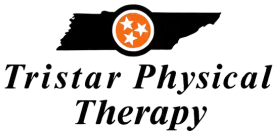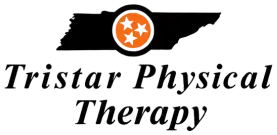Occupational therapy is a field that focuses on helping individuals regain and maintain their ability to perform meaningful activities in their daily lives. One emerging complementary practice that can enhance occupational therapy treatment is dry needling. This technique involves inserting a thin needle into specific points in the body to relieve pain and improve function. In this article, we will explore the benefits of integrating dry needling in occupational therapy and how it can be used to enhance treatment.
The Benefits of Integrating Dry Needling in Occupational Therapy
One benefit of using dry needling in occupational therapy is its ability to reduce pain. Chronic pain is a common condition among individuals receiving occupational therapy, and it can impede their progress in therapy. Dry needling can help reduce pain by targeting trigger points in the muscles that cause pain and tension. By releasing these trigger points, individuals may experience a decrease in pain, allowing them to engage more fully in therapy and achieve better outcomes.
Another benefit of dry needling is its ability to improve range of motion and mobility. Occupational therapy often focuses on improving function and mobility in individuals with physical disabilities. Dry needling can help facilitate this process by releasing tight muscles and reducing muscle spasms. Improved mobility can lead to better engagement in therapy activities and an increased ability to perform activities of daily living.
In addition, dry needling can help promote relaxation and reduce stress. Occupational therapy often involves working with individuals who have experienced traumatic events or have mental health conditions such as anxiety or depression. Dry needling can help promote relaxation by stimulating the release of endorphins, which are natural painkillers and mood regulators. This can help individuals feel more relaxed and calm, allowing them to better engage in therapy and achieve better outcomes.
How Dry Needling Can Be Used to Enhance Occupational Therapy Treatment
Dry needling can be used in conjunction with traditional occupational therapy techniques to enhance treatment outcomes. For example, dry needling can be used to prepare the body for therapeutic exercises by releasing tight muscles and improving range of motion. This can make exercises more comfortable for individuals and allow them to perform them with greater ease.
In addition, dry needling can be used to complement other occupational therapy interventions such as manual therapy or therapeutic massage. By combining these interventions, individuals may experience a more comprehensive and effective treatment plan.
Dry needling can also be used to address specific occupational therapy goals such as improving hand function in individuals with neurological conditions. By targeting specific muscles in the hands and fingers, dry needling can help improve fine motor control and dexterity, allowing individuals to perform activities such as writing or using utensils more easily.
In conclusion, incorporating dry needling into occupational therapy practice can offer a variety of benefits to individuals seeking treatment. By reducing pain, improving mobility, promoting relaxation, and enhancing traditional therapy techniques, dry needling can help individuals achieve their therapy goals and improve their overall quality of life. As always, it is important to work with a qualified healthcare professional to determine if dry needling is appropriate for your individual needs.

